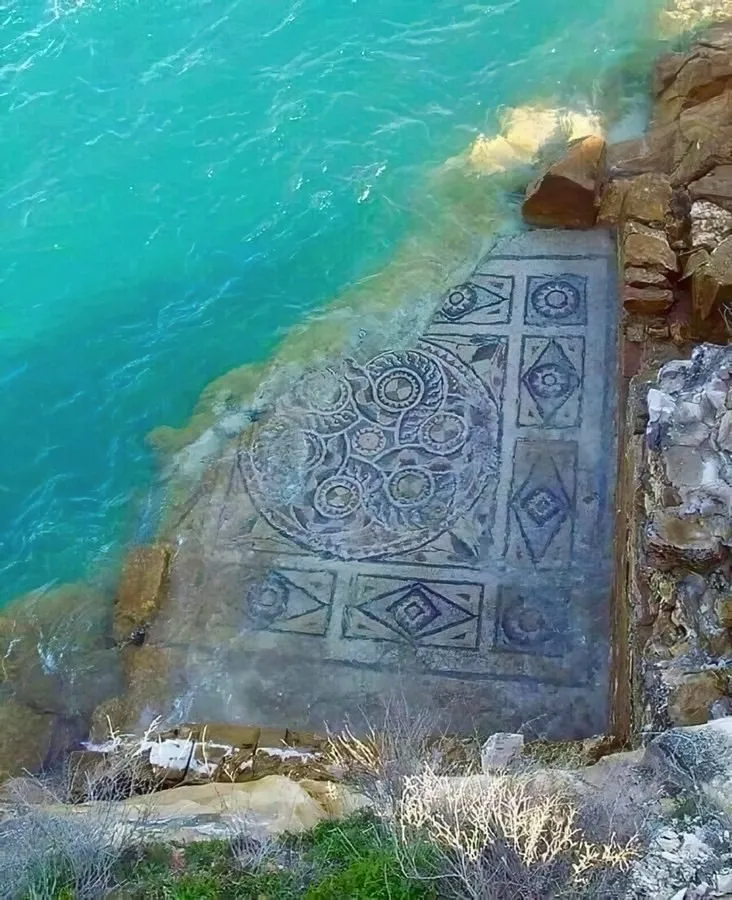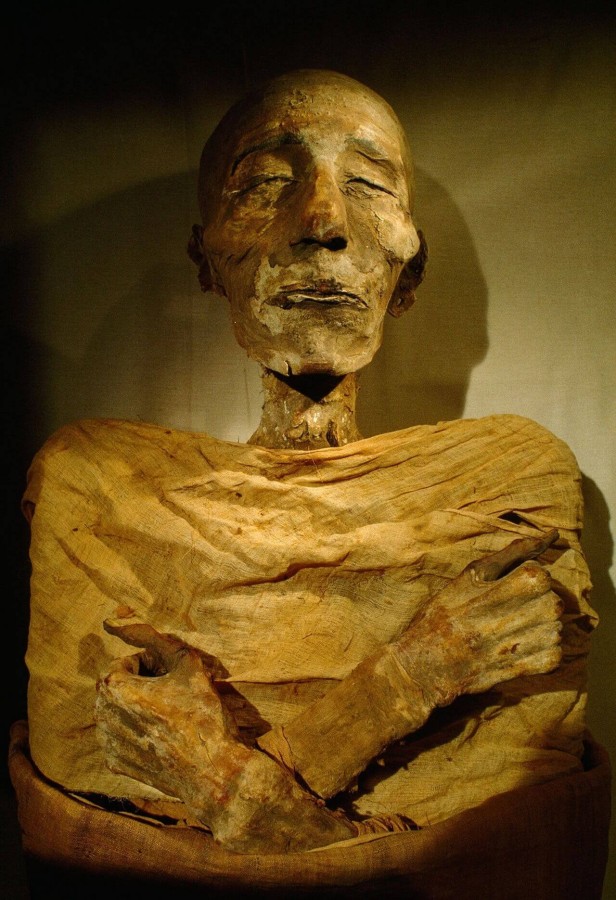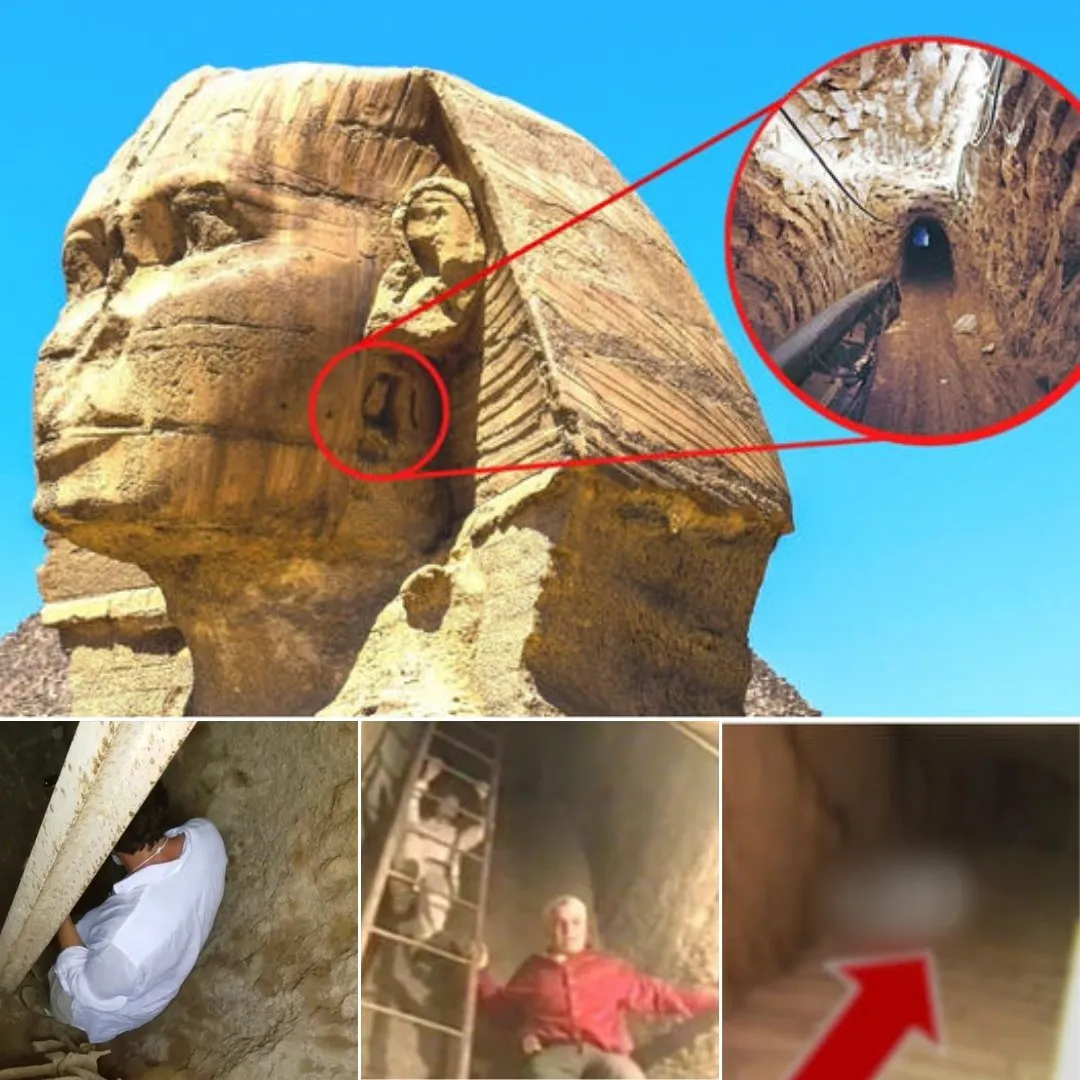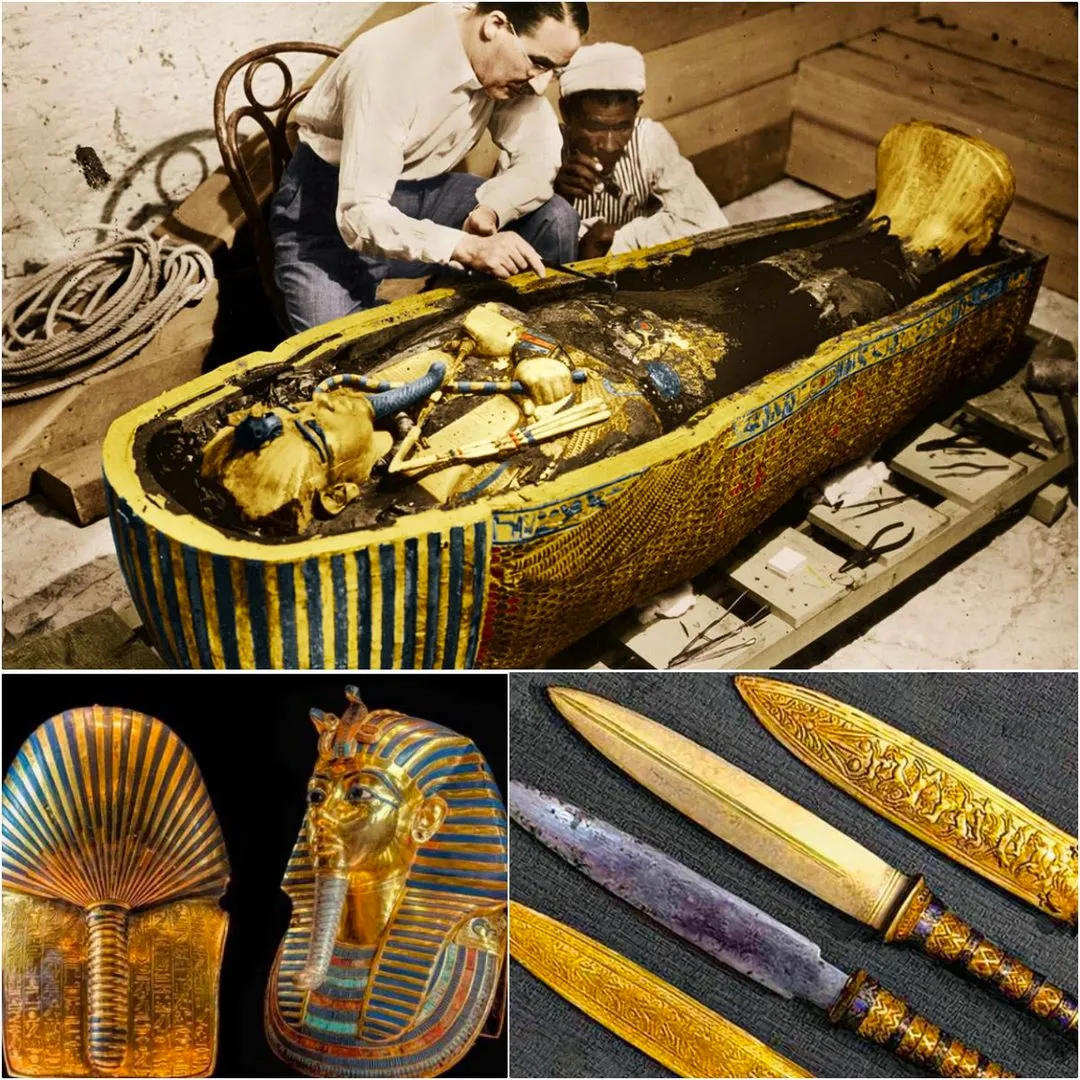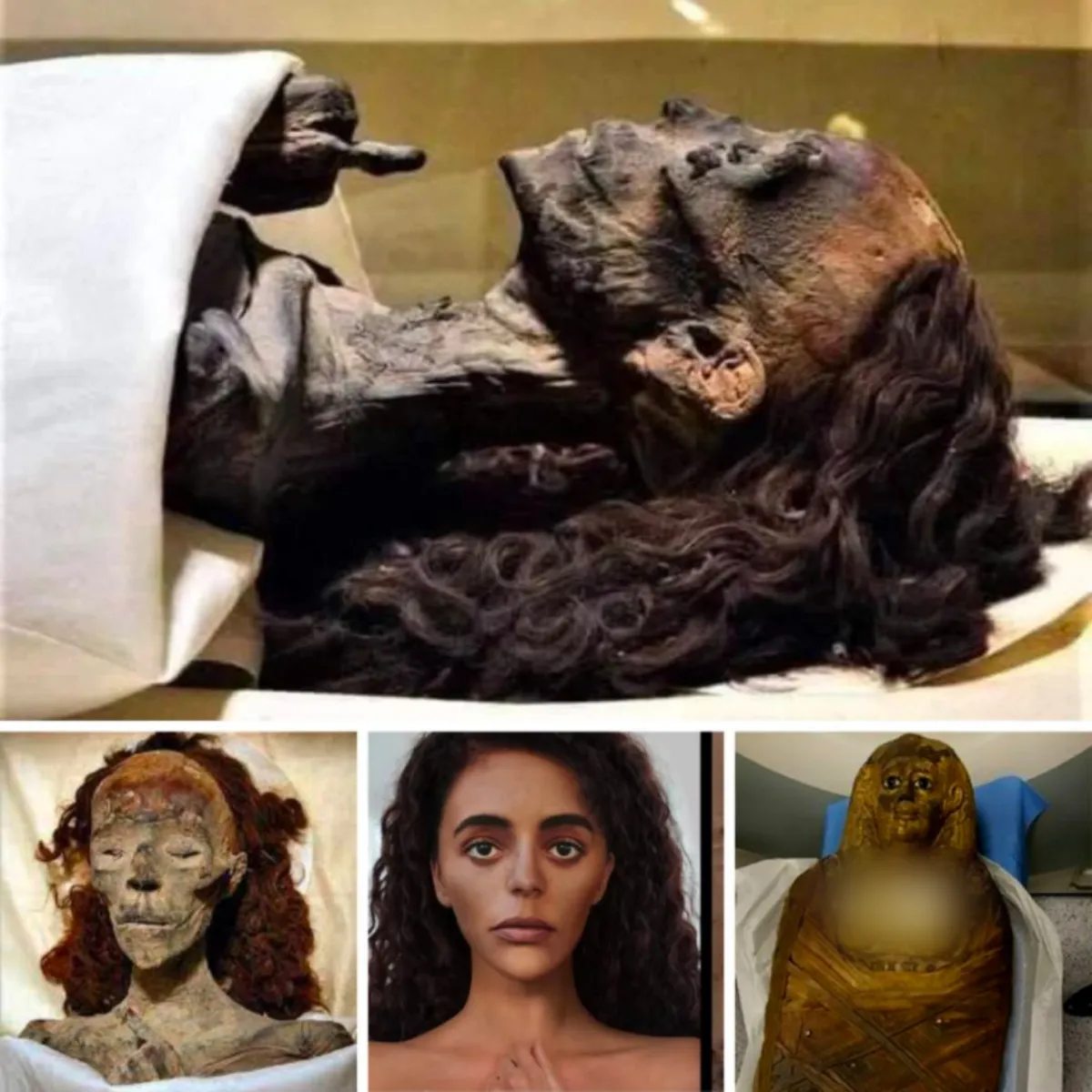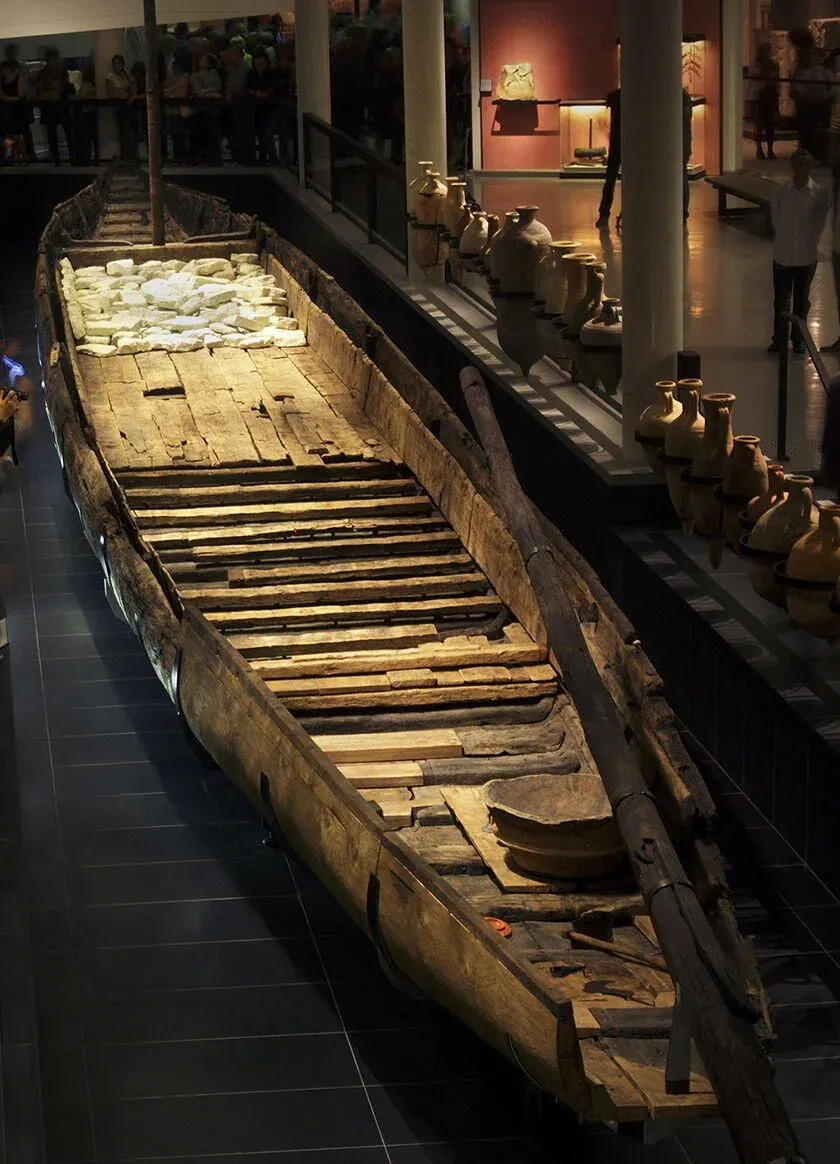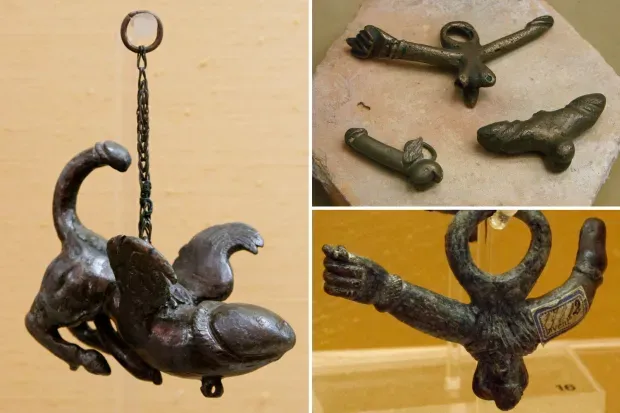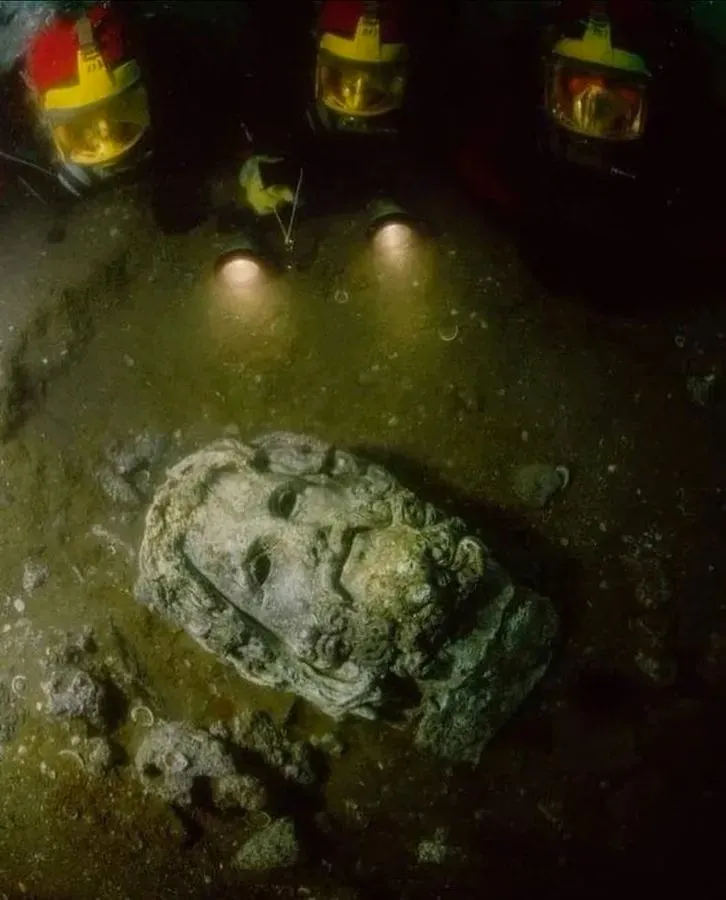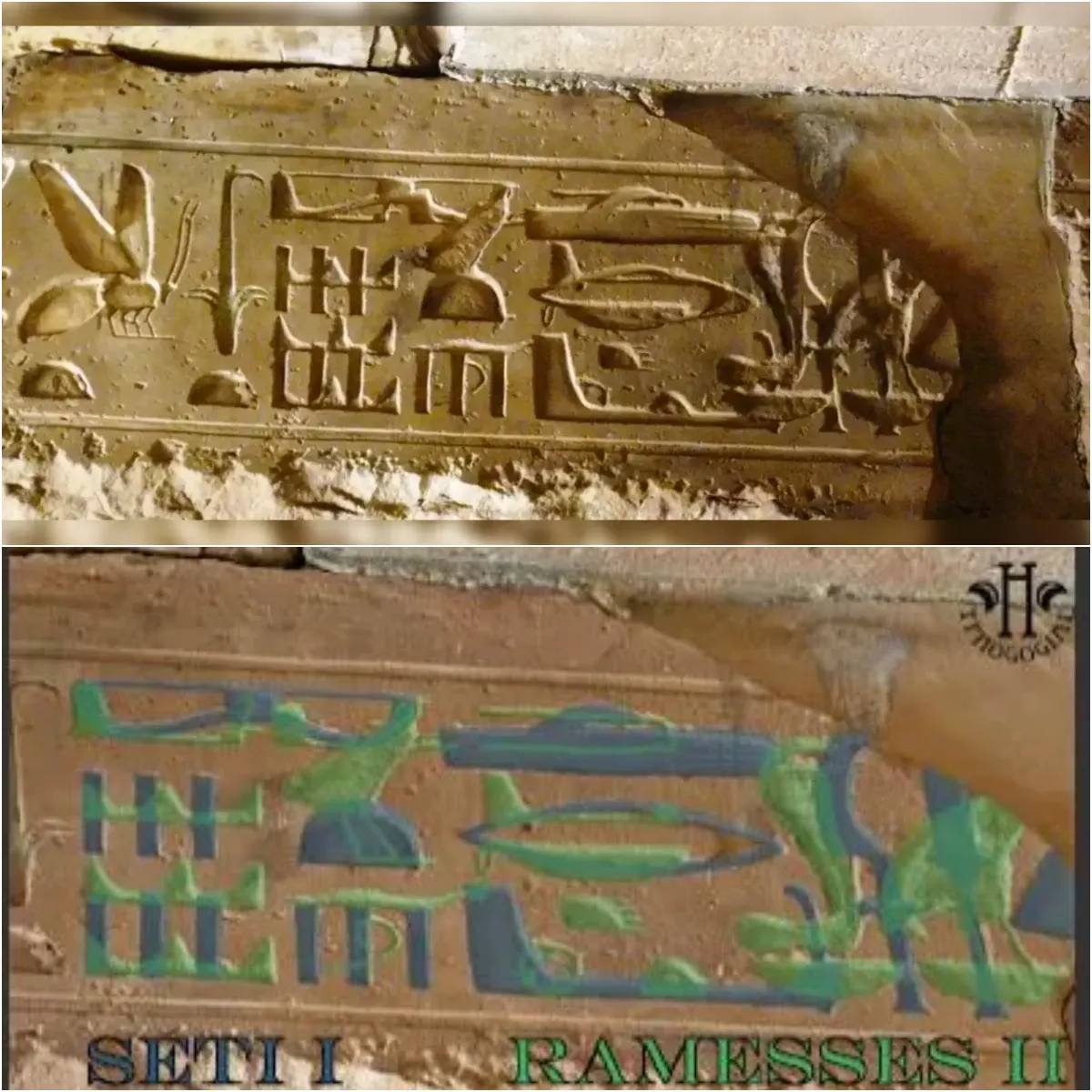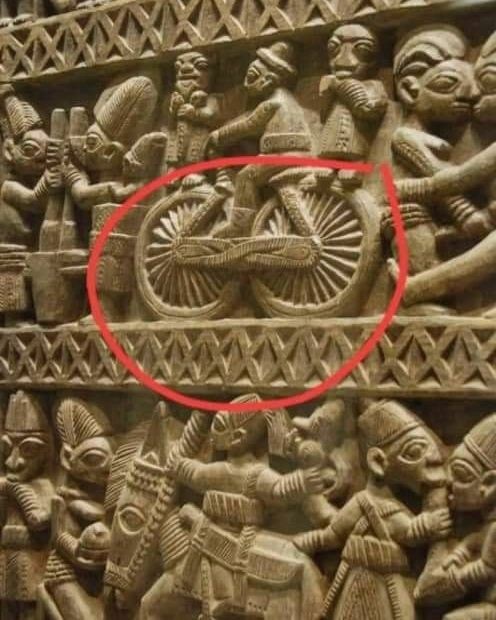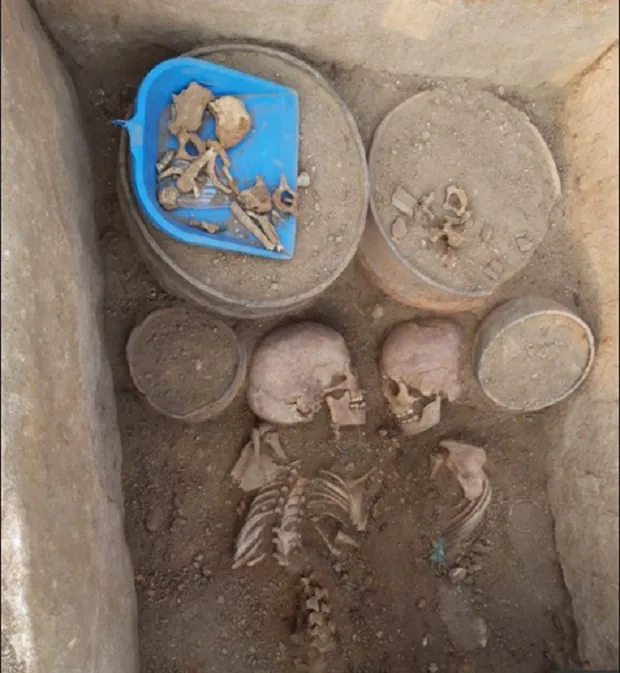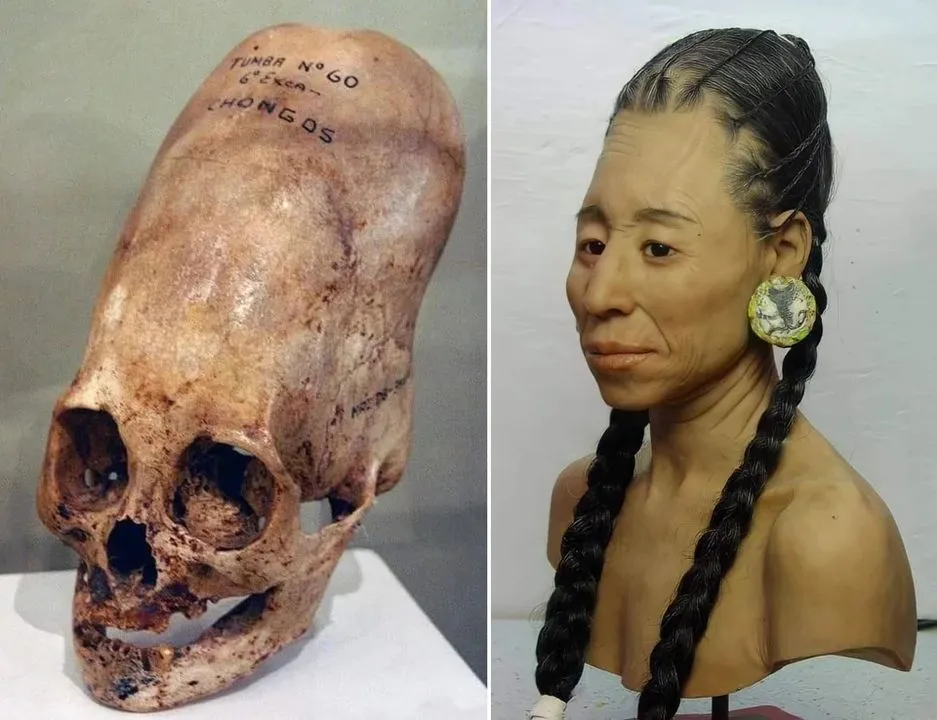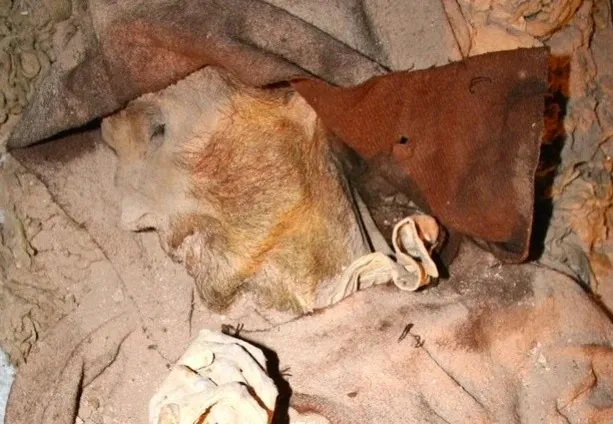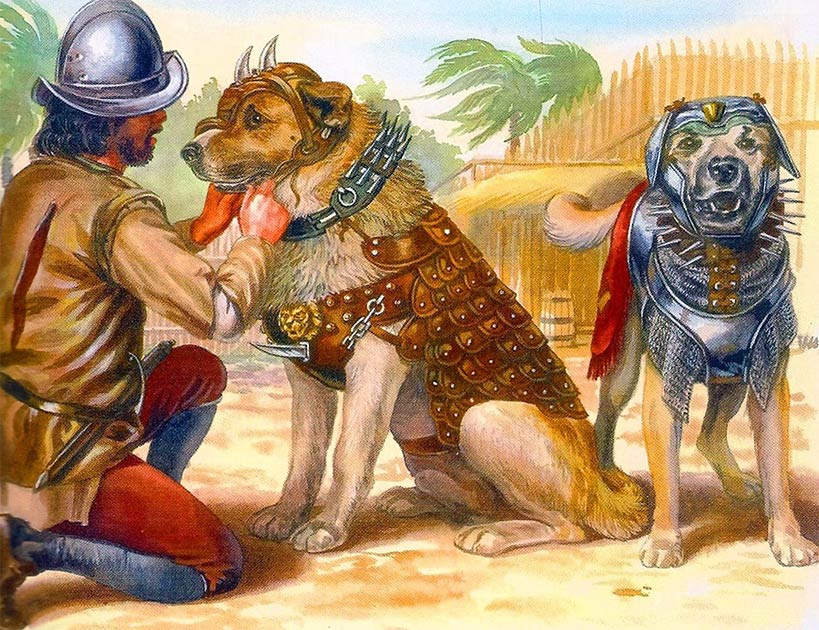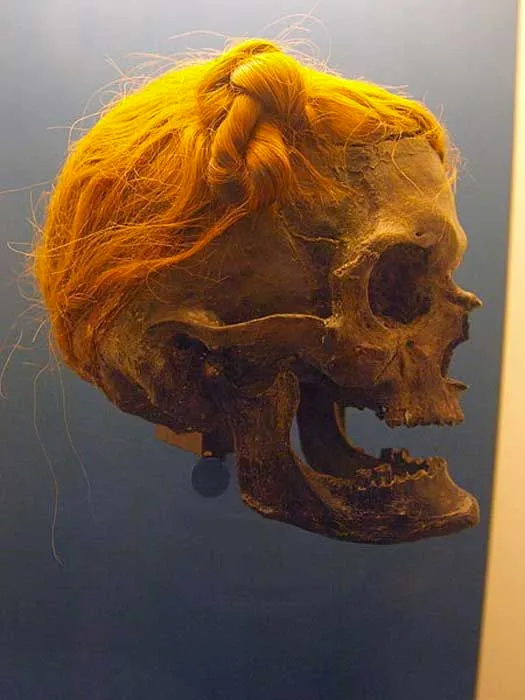Since at least the 18th century AD, there have been discoveries in northwestern continental Europe and Britain of “bog bodies” – human remains which have been preserved in the anoxic environment of bogs. These specimens are very well-preserved, with hair, skin, and clothing being retained in the process. Bog bodies offer a unique view into the society of Iron Age Germany and Scandinavia. A particularly interesting example is the Osterby Man, or the Osterby Head, which was unearthed in 1948 in Osterby, Germany, and dates to 70 – 220 AD. Only the skull remains, but the hair is very well-preserved having been tied into a Suebian knot, a type of hair style reported to be prevalent among ancient Germanic tribes in the area. It is unclear whether the Osterby Man was executed or sacrificed. We may never know the answer to this question, but there are some clues which shed light on it.
